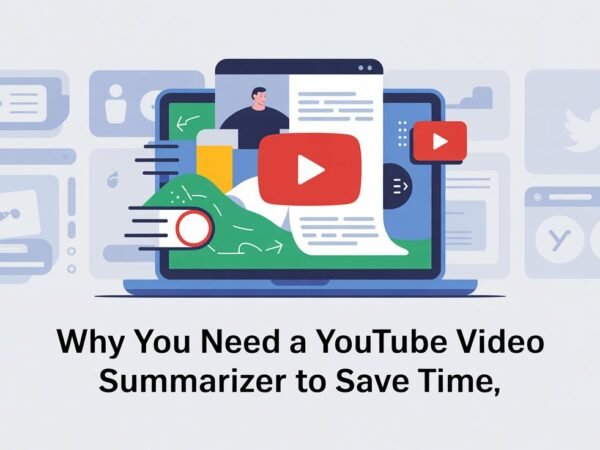Mental health app development is about more than just writing code. It’s about combining technical skills with a deep understanding of psychology, empathy, and the needs of the people who use it. Creating a practical mental health application requires diverse knowledge with the growing demand for digital mental health resources. This article will explore the educational requirements and skills for those interested in developing a mental health app that genuinely benefits users.
Foundational Knowledge in Software Development
Programming Languages and Frameworks
Software skills are the backbone of mental health app development. For mobile app development, you’ll need a solid grasp of critical programming languages like Java, Swift, and Kotlin. Each of these languages has its strengths—Java and Kotlin are often used for Android, while Swift is designed for iOS. Understanding modern development frameworks like React Native or Flutter can help streamline the process of creating a mental health app that works seamlessly across multiple platforms.
Mobile App Development
Building an effective mental health app means understanding the ins and outs of mobile app development, including more than just coding. It’s about managing the app lifecycle, designing intuitive interfaces, and ensuring your app complies with the guidelines of major app stores like Google Play and the Apple App Store. To make the app successful, it must be easy to use and accessible. Knowledge of UI/UX design principles is essential in this area.
Knowledge of Mental Health and Psychology
Understanding Mental Health Fundamentals
To develop a mental health app that helps people, you need to know what makes it meaningful for users. Familiarity with common mental health disorders, like anxiety, depression, and PTSD, is crucial. These conditions influence the type of support the app should provide. Understanding mental health fundamentals guides how to create a mental health app that genuinely meets user needs rather than offering generic content.
Collaborating with Mental Health Experts
While it’s essential to have some understanding of mental health, collaborating closely with mental health experts is necessary. Engaging with psychologists ensures that the app’s content is accurate and effective. For instance, incorporating techniques like Cognitive Behavioral Therapy (CBT) or mindfulness exercises can have a meaningful impact—but only if applied correctly. Cross-disciplinary collaboration helps bridge the gap between technology and human needs.
User-Centered Design and Human-Computer Interaction
UI/UX Design Principles
A mental health app needs to be easy to use and comforting. UI/UX design principles are about creating an intuitive and empathetic experience. It means considering how users might feel when they open the app—whether they’re anxious or overwhelmed. The design should cater to these emotions and create a safe space. Empathy-driven design and research into user behaviours are crucial to making the app truly helpful.
Accessibility and Inclusivity
Accessibility is crucial to making a mental health app that effectively serves everyone. Imagine a user with visual impairments who needs support but finds the app hard to navigate—a design failure. Adhering to standards like the Web Content Accessibility Guidelines (WCAG) ensures that your app is accessible to all users, regardless of their physical or cognitive abilities. Inclusivity means ensuring the app is helpful for people with different mental health conditions.
Legal and Ethical Considerations
Data Privacy and Security
When dealing with mental health, privacy is non-negotiable. Understanding regulations like HIPAA in the US or GDPR in Europe is critical. These laws ensure that user data—often sensitive, like their mental health history—is kept private and secure. Developing this aspect of the app requires education in data privacy laws and cybersecurity, ensuring that your app is trustworthy and that users feel safe sharing their information.
Ethical Practices in Mental Health Technology
Creating a mental health app is a big responsibility. Misleading information or poorly designed interventions can do more harm than good. That’s why understanding ethical practices is fundamental. You must be aware of the moral implications—ensuring users give informed consent, understand the app’s limitations, and provide no unintended risks. Ethical considerations from both a mental health and technology perspective help ensure that the app operates in the best interest of the users.
Business and Marketing Skills
Product Management and User Research
Developing an effective mental health app isn’t just about coding and content—it’s also about ensuring that the product evolves with user needs. Product management skills help set realistic goals and allocate resources effectively. Understanding user research lets you stay in tune with what users want from the app—whether that means features, content, or overall experience.
Marketing Strategies
Once the app is developed, people need to find it. This is where marketing strategies come in. Knowing the basics of digital marketing, from social media outreach to community support, can help the app reach those who need it most. For mental health apps, trust is crucial—users need to feel confident that this app is right for them. Effective communication, emphasizing the app’s benefits, and connecting with users is vital to successful marketing.

Building a Multi-Disciplinary Team
Critical Roles for Mental Health App Development
Creating a mental health app is a team effort. Here are the key roles needed for developing a successful mental health application:
- Software Developers: They are responsible for coding and creating the app’s architecture.
- Mental Health Professionals: Ensure that the content and interventions are effective and safe.
- UI/UX Designers: They ensure the app looks good and is easy to use, focusing on user experience.
- Legal Experts: To navigate complex data privacy laws and ensure regulatory compliance.
- Marketing Specialists: To promote the app and connect with potential users.
Each of these roles is essential—they work together to create an app that’s functional but also ethical, helpful, and engaging.
Conclusion
Creating a practical mental health application takes more than just technical skills. It demands a well-rounded education that covers software development, mental health knowledge, ethical considerations, user-centred design, and marketing. By integrating these diverse domains, you can build an app that genuinely supports users in their journey toward mental well-being. Collaboration across disciplines is the foundation for success—each piece fits together to create an app that meets the needs of its users and makes a positive difference in their lives.
Also read interesting articles at Disboard.co.uk













